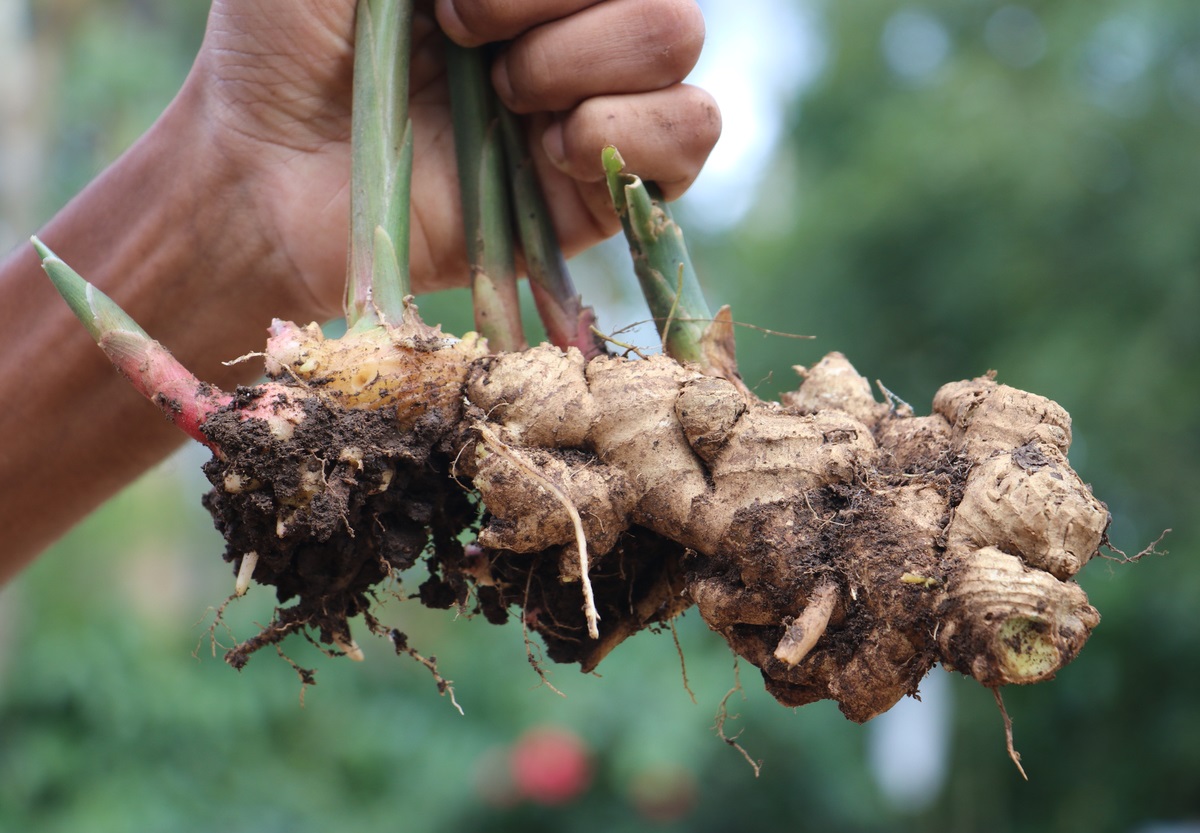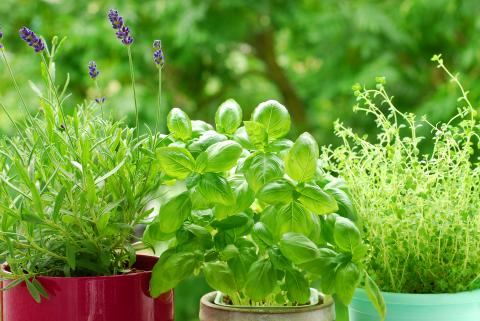The Ultimate Guide To Companion Planting With Ginger
The Ultimate Guide to Companion Planting with Ginger
Ginger is a delicious and versatile root vegetable that can be used in a variety of dishes. It is also a relatively easy plant to grow, but it can be even easier if you companion plant it with the right plants.
Companion planting is the practice of planting different types of plants together in order to benefit each other. Some plants attract beneficial insects, while others repel pests. Some plants improve the soil, while others provide shade or windbreaks.
When companion planting with ginger, there are a few things to keep in mind. First, ginger prefers moist, well-drained soil that is rich in organic matter. Second, ginger needs full sun or partial shade. Third, ginger is a heavy feeder, so it is important to fertilize it regularly.
With these factors in mind, here are some of the best companion plants for ginger:
- Legumes: Legumes, such as beans, peas, and lentils, are nitrogen-fixing plants. This means that they can convert atmospheric nitrogen into a form that other plants can use. This is beneficial for ginger, as it is a heavy feeder.
- Aromatic herbs: Aromatic herbs, such as garlic, chives, and mint, can help to repel pests from ginger plants. They also add flavor to ginger dishes.
- Leafy greens: Leafy greens, such as lettuce, spinach, and kale, can help to shade the soil around ginger plants. This helps to keep the soil cool and moist, which is beneficial for ginger.
- Flowers: Flowers, such as marigolds, nasturtiums, and calendula, can help to attract beneficial insects to the garden. These insects can help to control pests and pollinate ginger flowers.
There are also a few plants that you should avoid planting near ginger. These include:
- Tomatoes: Tomatoes and ginger are both susceptible to the same pests and diseases. Planting them together can increase the risk of infection.
- Potatoes: Potatoes and ginger compete for the same nutrients in the soil. Planting them together can lead to nutrient deficiencies in both plants.
- Nightshades: Nightshades, such as eggplant, peppers, and tobacco, can all cause bacterial wilt in ginger. Avoid planting ginger near any of these plants.
By following these tips, you can companion plant ginger with the right plants to create a healthy and productive garden.
Ginger is a delicious and versatile root vegetable that can be used in a variety of dishes. But did you know that ginger can also be a beneficial companion plant? Companion planting is the practice of planting certain plants together to benefit each other. Some plants, such as tomatoes, can attract pests that will attack ginger. However, other plants, such as beans, can help to repel pests and improve the overall health of the ginger plant.
If you're interested in learning more about companion planting with ginger, I recommend visiting Gardenia Inspiration. This website has a wealth of information on the topic, including a list of beneficial companion plants for ginger. You can also find tips on how to plant and care for ginger plants, as well as recipes for using ginger in your cooking.
FAQ of companion plant ginger
Q: What are the best companion plants for ginger?
A: Some of the best companion plants for ginger include:
- Garlic: Garlic helps to repel pests and diseases, which can be a problem for ginger plants.
- Beans: Beans fix nitrogen in the soil, which is beneficial for ginger plants.
- Chili peppers: Chili peppers help to deter pests, and their strong smell can help to mask the scent of ginger, which can attract pests.
- Turmeric: Turmeric and ginger have similar growing requirements, and they can help to each other thrive.
- Leafy greens: Leafy greens help to improve the soil quality, which can benefit ginger plants.
Q: What are the benefits of companion planting with ginger?
A: There are several benefits to companion planting with ginger, including:
- Increased crop yields: Companion plants can help to attract beneficial insects, which can help to pollinate ginger plants and improve crop yields.
- Improved soil quality: Companion plants can help to improve the soil quality, which can benefit ginger plants by providing them with essential nutrients.
- Pest and disease control: Companion plants can help to repel pests and diseases, which can save you time and money on pest control.
- Enhanced flavor: Companion plants can enhance the flavor of ginger, making it more flavorful and aromatic.
Q: What are some plants that should not be planted near ginger?
A: There are a few plants that should not be planted near ginger, including:
- Cabbage: Cabbage can attract pests that can also damage ginger plants.
- Potatoes: Potatoes and ginger compete for the same nutrients, so planting them together can stunt their growth.
- Tomatoes: Tomatoes can attract nematodes, which can be a problem for ginger plants.
- Eggplants: Eggplants can attract pests that can also damage ginger plants.
Q: When is the best time to plant ginger?
A: The best time to plant ginger is in the early spring, after the last frost. Ginger plants need warm soil to germinate, so planting them too early can result in poor germination.
Image of companion plant ginger
Here are 5 different images of companion plants for ginger from Pinterest:
- Image 1: A bed of ginger plants with tomatoes growing nearby.

- Image 2: A row of ginger plants with lettuce and spinach growing in between.

- Image 3: A pot of ginger plants with basil and chives planted around the edges.

- Image 4: A patch of ginger plants with beans and peas growing nearby.

- Image 5: A border of ginger plants with marigolds and nasturtiums planted in front.

Post a Comment for "The Ultimate Guide To Companion Planting With Ginger"